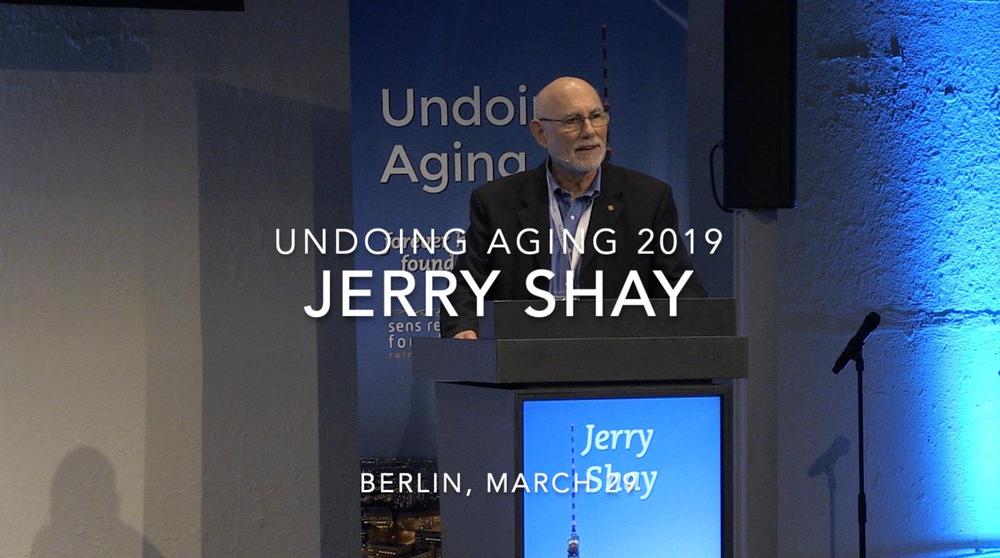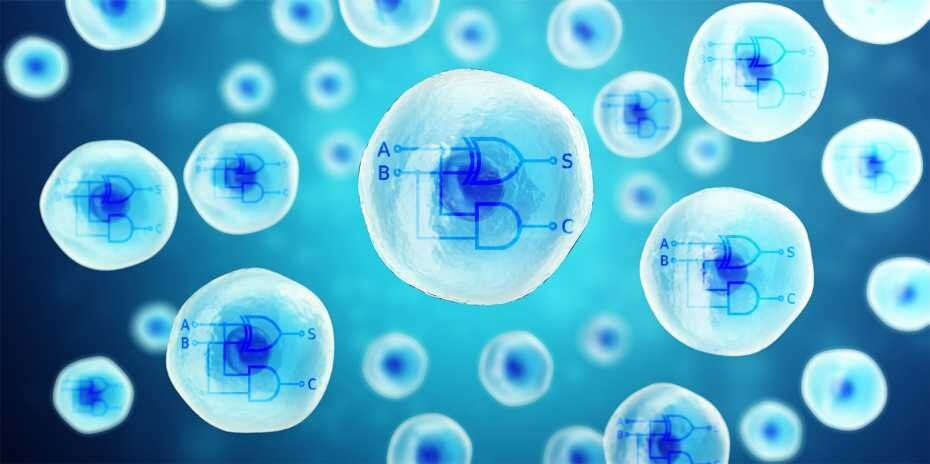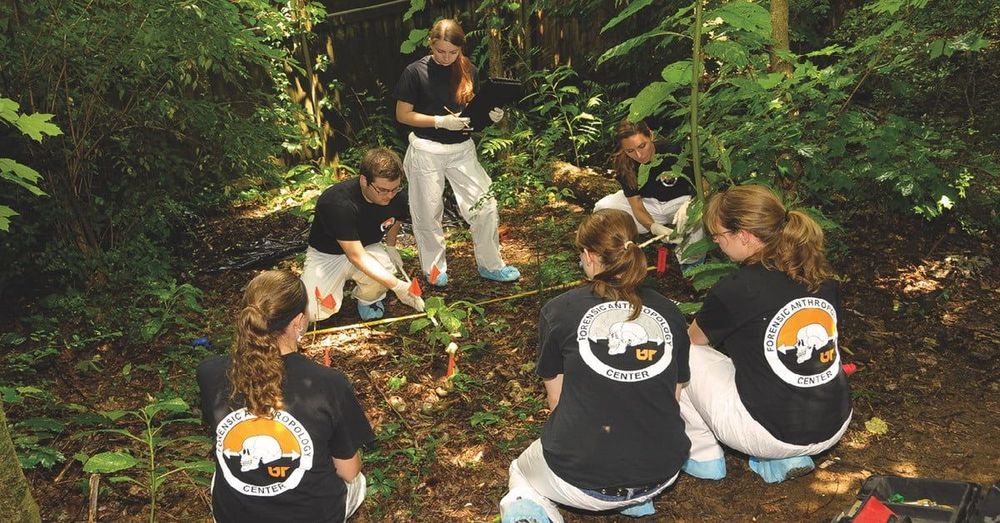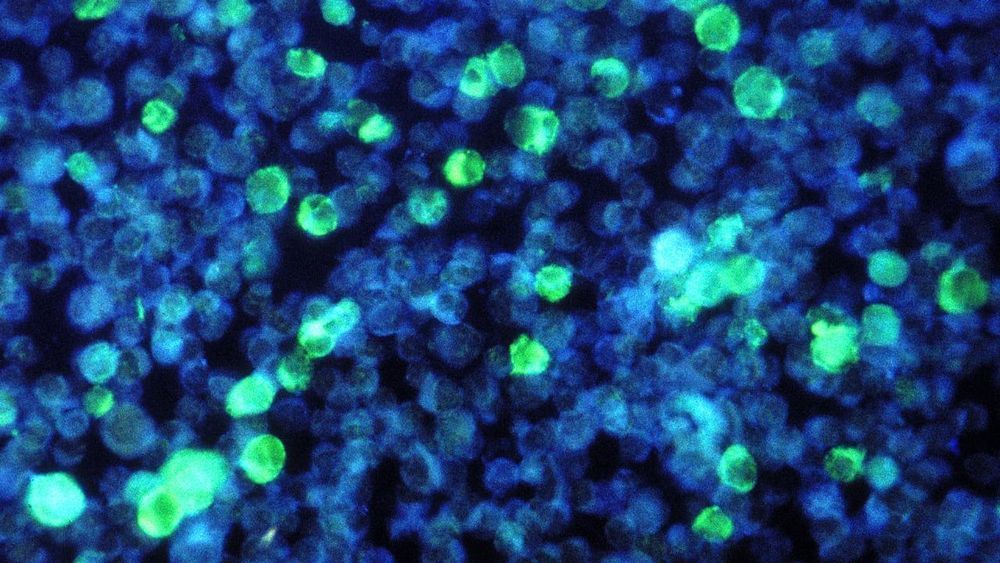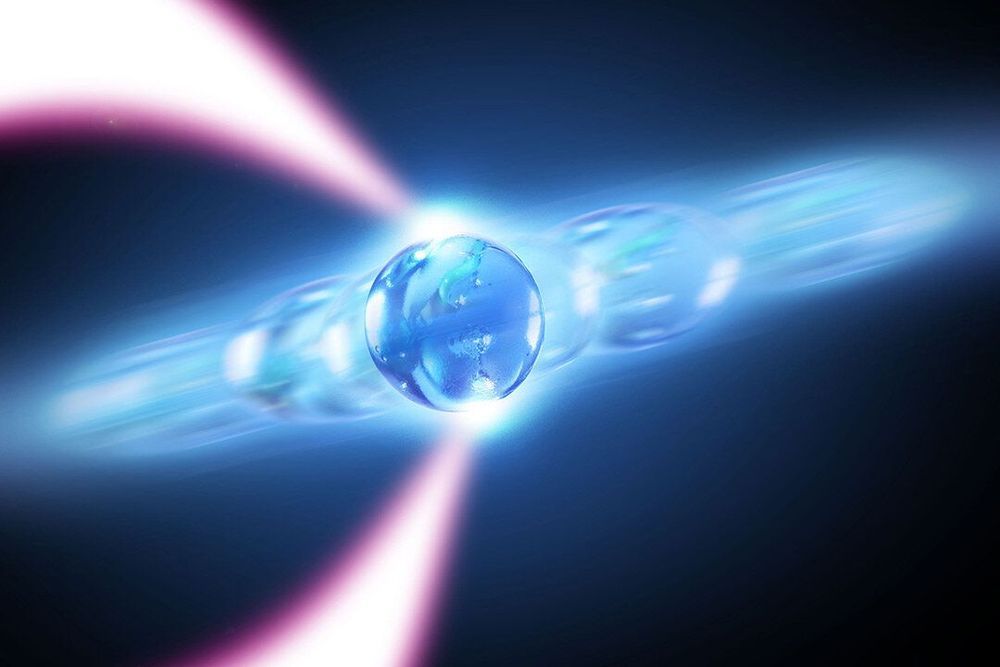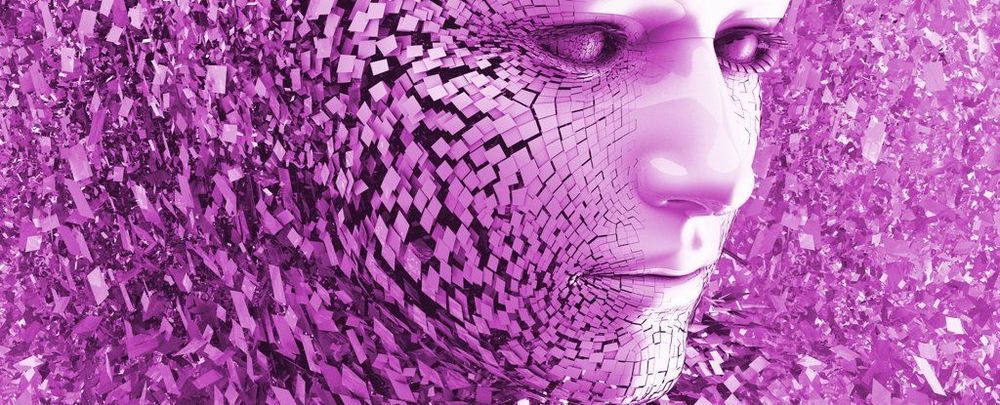Lidar, the radar-style detection system which works by bouncing laser light, is most commonly associated with self-driving cars. However, it may have another useful, albeit morbid, application: Helping find bodies which have been buried in unmarked graves.
Sound like something out of an episode of CSI? In fact, it’s a new piece of research coming out of Tennessee’s Oak Ridge National Laboratory, where scientists have been investigating how lidar could be used a forensics tool to find missing murder victims — potentially even from an aircraft.
“Missing persons investigations pose a significant societal challenge, as well as a time-sensitive technological challenge,” Dr. Katie Corcoran, one of the researchers on the project, told Digital Trends. “Of the millions of missing persons worldwide who are unaccounted for, some are thought to be deceased and buried in unmarked graves. A gravesite can go unnoticed because of natural processes, where the site becomes covered with grass or leaves, for instance. Or the site could have been deliberately masked by a perpetrator trying to hide the body. In either case, the longer the gravesite goes unnoticed, the more difficult it is to locate.”
Read more
